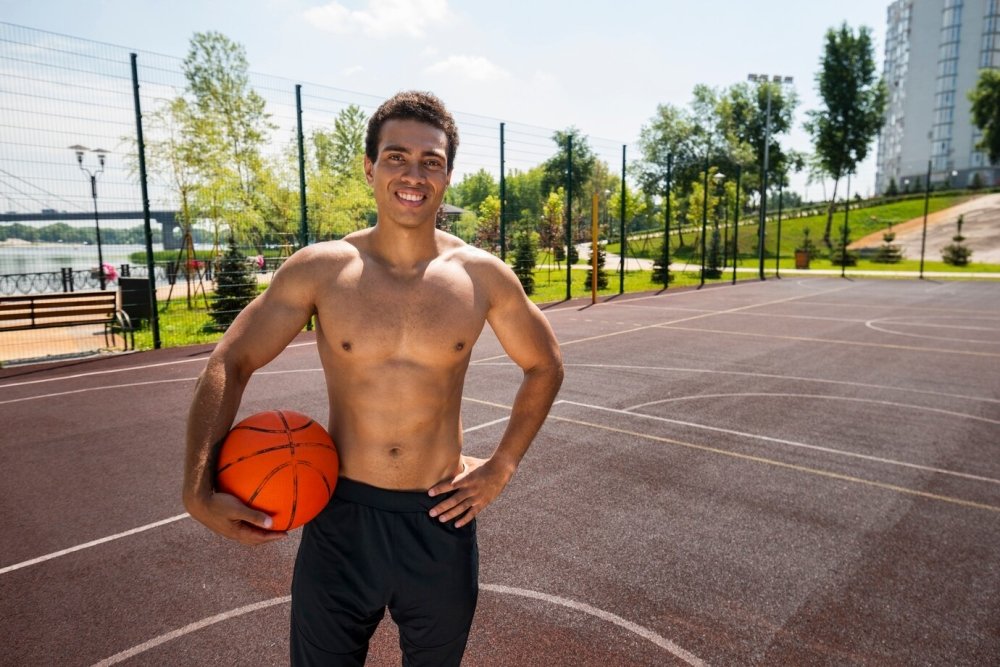For many fitness enthusiasts, forearms are one of those stubborn muscle groups that just don’t respond as quickly as others.
There are clear reasons why this happens, and understanding them can help you unlock serious gains.
Whether it's missing out on key exercises or not pushing yourself hard enough, we’re about to break down exactly what's holding your forearms back.
Why My Forearms Are Not Growing?

Let’s talk about the possible reasons why your forearms might not be growing (to the full potential):
1. Lack Of Proper Forearm Exercises
One of the main reasons your forearms may not be growing is that you're not targeting them with the right exercises.
Simply relying on compound movements like deadlifts or rows may not be enough. Specific exercises like wrist curls, reverse curls, and farmer's walks directly engage the forearms, helping them develop strength and size.
Focusing on these exercises ensures your forearms are getting the stimulus they need to grow.
2. Inadequate Resistance Or Weight
Another reason for slow forearm growth is not using enough resistance or weight. Like any muscle group, the forearms need to be challenged with progressively heavier loads.
If you're consistently using light weights or not increasing the resistance over time, your forearm muscles won’t be stimulated to grow.
Gradually increasing the weight in your forearm exercises is crucial for muscle development.
3. Poor Grip Strength Development
Grip strength plays a significant role in forearm growth. Many people don’t realize that weak grip strength can limit their ability to fully engage the forearm muscles during workouts.
Incorporating exercises like dead hangs, grip trainers, and thick bar training can boost grip strength, which in turn helps activate and grow the forearm muscles more effectively.
4. Not Enough Training Frequency
Forearm muscles are used frequently in daily activities, so they can handle more frequent training compared to other muscle groups.
If you’re only training your forearms once a week or less, it might not be enough to see noticeable growth.
Increasing the frequency to 2-3 times per week can lead to better muscle activation and growth.
5. Lack Of Variety In Exercises
Sticking to the same forearm exercises for extended periods can lead to plateaus in growth.
The forearms consist of several muscles, including the flexors and extensors, which need different types of exercises to develop evenly.
Incorporating a variety of movements, such as reverse wrist curls, hammer curls, and static holds, ensures that all parts of the forearms are engaged, promoting balanced growth.
6. Poor Nutrition & Protein Intake
Just like any other muscle group, forearms need adequate nutrition to grow.
If you’re not consuming enough protein or calories, your muscles won’t have the necessary building blocks to repair and grow after workouts.
Ensuring that your diet includes sufficient protein and overall calories is vital for muscle growth, including in the forearms.
7. Overreliance On Straps Or Lifting Aids
Using lifting straps or other aids can reduce the engagement of your forearm muscles during exercises.
While these aids can be helpful for lifting heavier weights, they take the load off your forearms, limiting their growth potential.
Reducing the use of straps and allowing your forearms to bear more of the load will help strengthen and develop the muscles over time.
8. Weak Mind-Muscle Connection
The mind-muscle connection refers to your ability to consciously engage the muscle you’re working on during an exercise.
If you're not focusing on contracting your forearm muscles during lifts, you may not be getting the full benefit of the exercise.
Paying attention to form and ensuring that you feel the forearms working during exercises can improve their growth.
Conclusion
Building bigger forearms doesn’t have to feel like an impossible task.
By focusing on the right exercises, increasing your training frequency, and paying attention to things like grip strength and recovery, you can start seeing the growth you’ve been working for.



